Choosing the right tape to mark your oche (the throwing line in darts) can significantly impact your game and prevent injuries. This article provides a comprehensive overview of **oche marking tape types**, helping you select the best option for your needs and preferences. We’ll cover various materials, adhesive qualities, visibility considerations, and application tips to ensure a perfect oche setup.
⚠️ Still Using Pen & Paper (or a Chalkboard)?! ⚠️
Step into the future! The Dart Counter App handles all the scoring, suggests checkouts, and tracks your stats automatically. It's easier than you think!
Try the Smart Dart Counter App FREE!Ready for an upgrade? Click above!
Understanding Oche Marking Tape Types
The oche, also known as the throwing line or toe line, is a critical element in any dart setup. A clearly defined and properly placed oche ensures fair play and helps players maintain consistent throwing distances. Selecting the right **oche marking tape** is essential for durability, visibility, and adherence to regulations. When considering **oche marking tape types**, it is important to weigh the various options in terms of cost, ease of installation, and longevity.
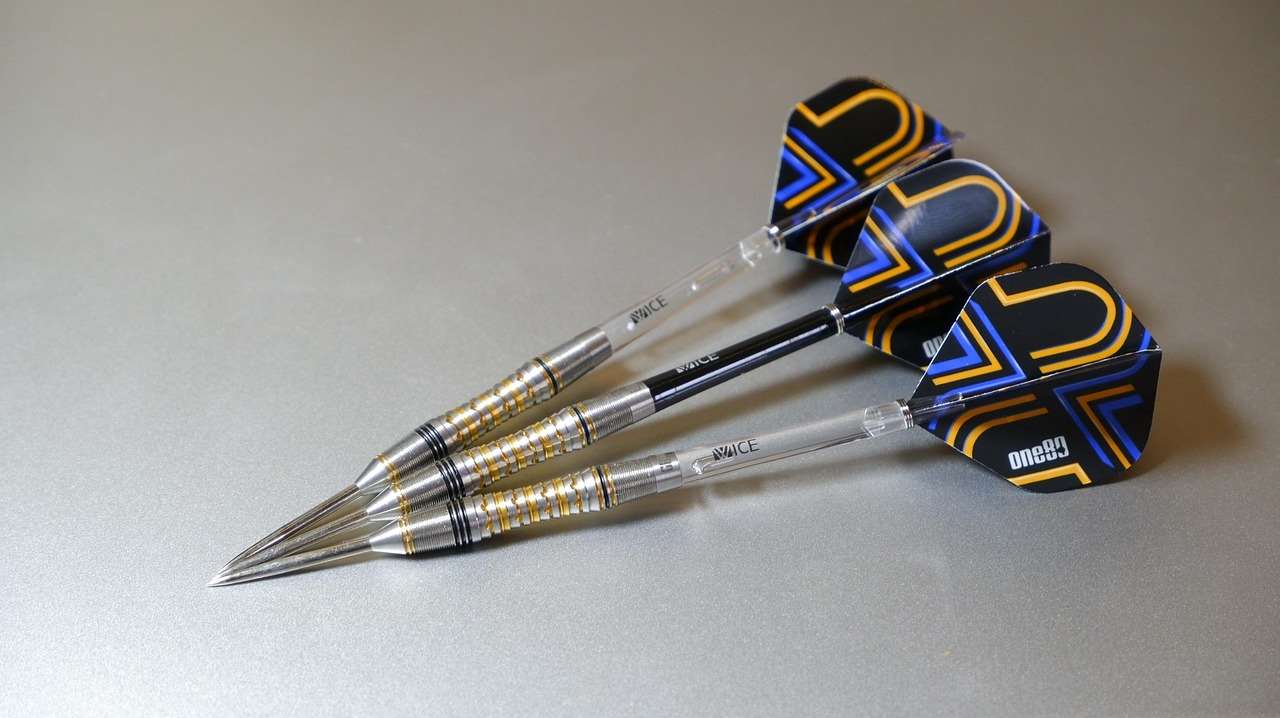
Popular Materials for Oche Marking Tape
- Vinyl Tape: A common and affordable option, vinyl tape offers good durability and comes in a variety of colors. It’s relatively easy to apply and remove, but may not be as long-lasting as other materials.
- Cloth Tape (Gaffer Tape): Known for its strong adhesive and tear-resistant properties, cloth tape is a popular choice for more permanent oche markings. It’s slightly more expensive than vinyl tape but offers better durability.
- Electrical Tape: While not specifically designed for oche markings, electrical tape can be used as a temporary solution. However, its adhesive may not be as strong, and it may leave residue upon removal.
- Specialty Oche Tape: Some manufacturers offer tape specifically designed for oche markings. This tape often features enhanced durability, non-slip surfaces, and eye-catching designs.
Factors to Consider When Choosing Oche Marking Tape
Selecting the ideal **oche marking tape type** involves considering several factors beyond just the material. These include the adhesive strength, visibility, and overall suitability for your playing environment. Let’s delve into these crucial aspects:
Adhesive Strength and Residue
The adhesive strength of the tape is paramount. You want a tape that will stay firmly in place during gameplay but can be removed without leaving a sticky residue behind. Consider the type of flooring you’ll be applying the tape to, as some surfaces require stronger adhesives than others. Experimenting with a small section of tape before applying it to the entire oche area is advisable. Choosing the right tape, considering these points can help avoid damage to your playing surface. For example, if you anticipate frequent adjustments to the oche, a tape with a weaker adhesive may be preferred. This could prevent damage to the floor when removing and reapplying the tape.
Visibility and Color Options
The color and visibility of the oche tape are also important considerations. A bright, contrasting color will make the oche line easily visible, even in dimly lit environments. White, yellow, and bright orange are popular choices. Avoid using colors that blend in with the flooring. Some players prefer using multiple colors to create a more visually distinct oche line.
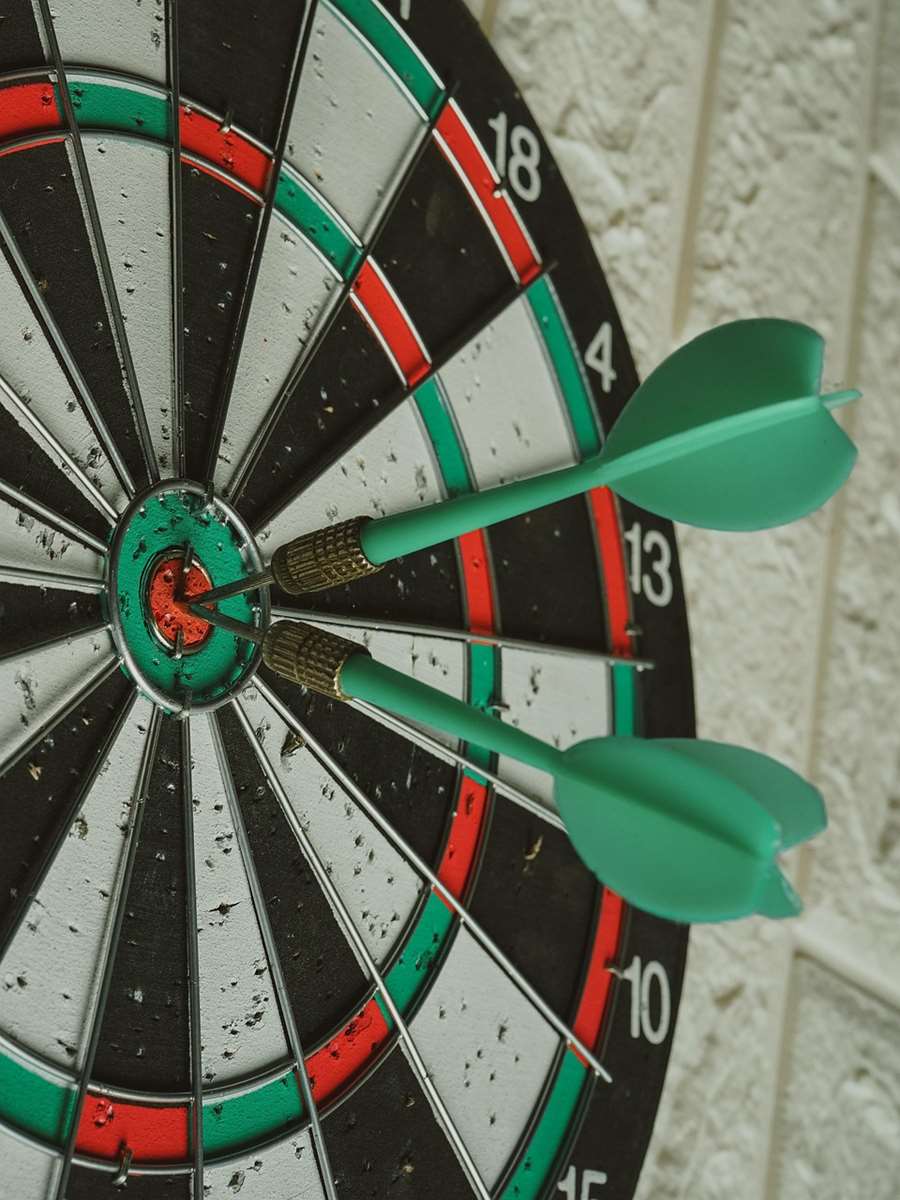
Durability and Longevity
The durability of the tape will determine how long it lasts before needing replacement. If you play darts frequently, opt for a more durable **oche marking tape** like cloth or specialty oche tape. Vinyl tape may be suitable for occasional use. Consider the foot traffic in the area, as this will affect the tape’s lifespan. Additionally, climate can affect the longevity. Excess heat or humidity can degrade the tape’s adhesive, requiring more frequent replacement.
Applying Oche Marking Tape: A Step-by-Step Guide
Proper application of your chosen **oche marking tape** is crucial for ensuring a professional and accurate setup. Follow these steps for best results:
- Measure the Distance: Use a tape measure to accurately mark the official oche distance (7 feet 9 1/4 inches for steel-tip darts, 8 feet for soft-tip darts) from the face of the dartboard.
- Clean the Surface: Thoroughly clean the floor surface where the tape will be applied. Remove any dirt, dust, or debris.
- Apply the Tape: Carefully apply the tape along the measured line, ensuring it is straight and even.
- Press Firmly: Press down firmly on the tape to ensure good adhesion to the floor.
- Trim Excess Tape: Trim any excess tape with a utility knife or scissors.
- Test the Oche: Throw a few darts to test the oche and ensure it is in the correct position.
Tips for Maintaining Your Oche Line
To keep your oche line looking its best, follow these tips: Regularly clean the tape with a damp cloth to remove dirt and grime. Replace the tape when it becomes worn or damaged. If you’re using vinyl tape, consider applying a clear coat of polyurethane to protect it from wear and tear. The most effective method is to simply replace the tape once it begins to lift or show signs of wear. Also, storing extra rolls of your preferred **oche marking tape** can save you time if you need to quickly replace it prior to a game.
Exploring Alternative Oche Marking Solutions
While tape is the most common solution, there are other alternatives for marking your oche. These options offer varying degrees of permanence and suitability, so it’s essential to understand the differences.
Permanent Oche Lines
For a more permanent solution, consider using paint or a specially designed oche mat. Paint can be applied directly to the floor, creating a durable and long-lasting oche line. Oche mats are typically made of rubber or carpet and feature a pre-printed oche line. However, these options require more effort to install and are not easily removable. They are generally more suitable for dedicated dart rooms where portability is not a concern. You might also consider installing a physical barrier, such as a wooden plank, to act as a permanent oche line, but this is a significant investment and requires careful planning to ensure safety and suitability for the playing area.
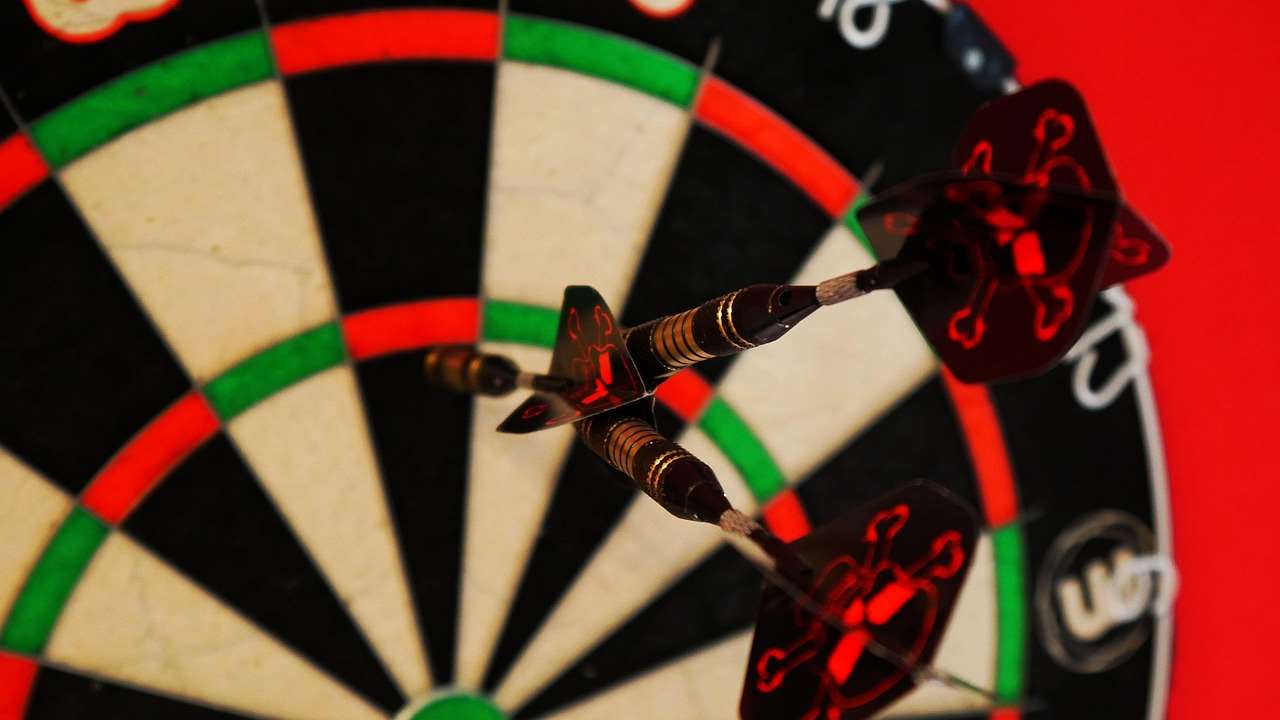
Temporary Oche Markers
If you need a temporary oche marking solution, consider using chalk or removable stickers. Chalk is easy to apply and remove, making it ideal for short-term use. Removable stickers are also a good option, but make sure to choose stickers that won’t damage the floor surface. These are often used in tournament settings where standardization and portability are essential. Another less common, but effective solution is to use a laser line projector. These devices project a clear, visible line onto the floor, eliminating the need for physical tape altogether, though the cost may be higher than traditional **oche marking tape** solutions.
The Importance of a Properly Marked Oche
A properly marked oche is crucial for fair play and consistent performance in darts. It ensures that all players throw from the same distance, eliminating any unfair advantages. A clear and visible oche line also helps players maintain their balance and focus, improving their accuracy. Furthermore, adhering to official oche distance regulations helps ensure fair competition, especially in tournaments or leagues.
Using the right **oche marking tape type** contributes to a safer and more enjoyable darts experience. A poorly marked oche, or a lack of one, can lead to arguments and inconsistent play.
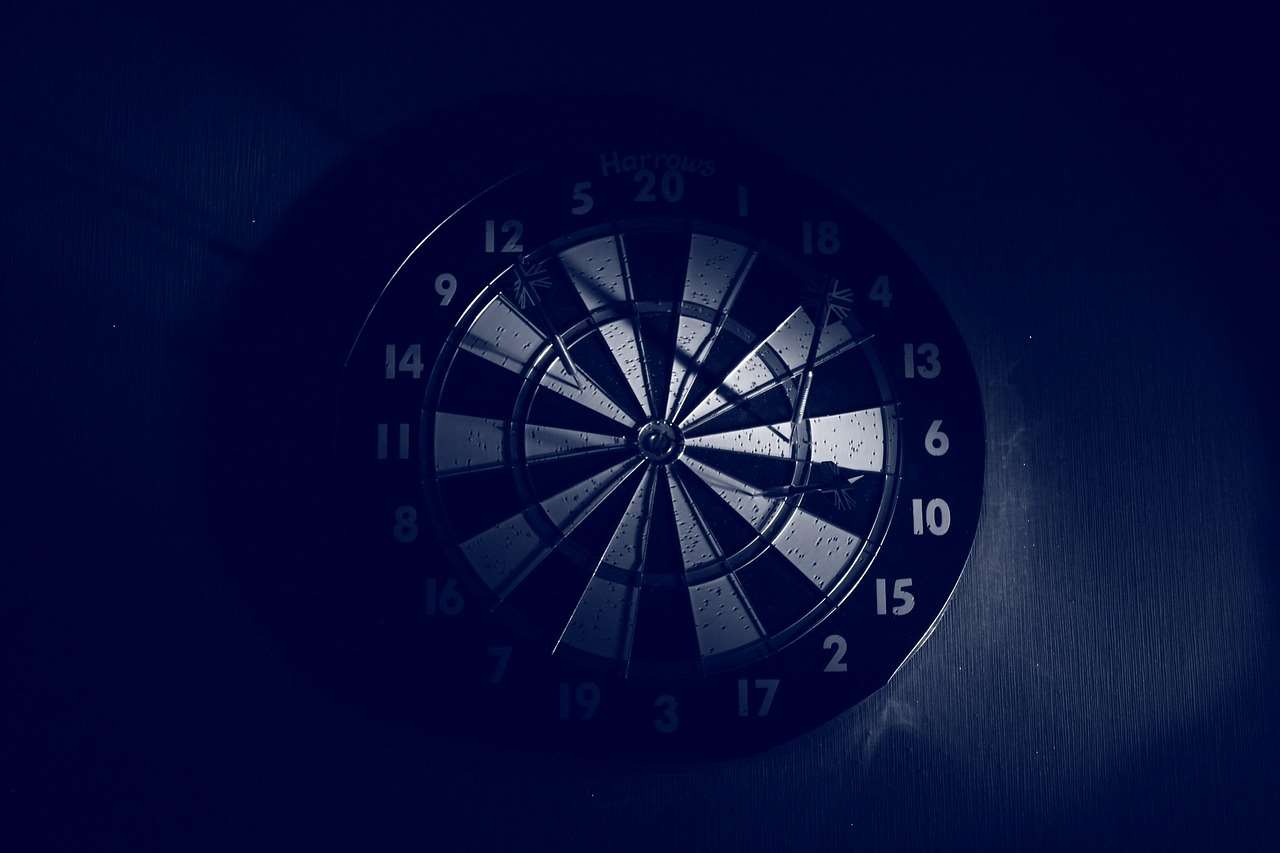
Preventing Injuries with a Well-Defined Oche
A well-defined oche helps prevent players from accidentally stepping over the line, which can lead to injuries. Stepping over the oche can throw off balance and increase the risk of falls, especially for players with less experience. A clearly marked oche serves as a visual reminder to maintain a safe throwing distance. Consider using a non-slip **oche marking tape** to further reduce the risk of slips and falls, particularly on smooth or polished floors. This is especially crucial for players who prefer to stand close to the line or who have mobility issues.
Purchasing Oche Marking Tape: Where to Look
You can find various **oche marking tape types** at many locations. Here are some common places to buy **oche marking tape**:
- Online Retailers: Amazon, eBay, and other online retailers offer a wide selection of oche marking tape at competitive prices.
- Sporting Goods Stores: Local sporting goods stores often carry oche marking tape along with other dart accessories.
- Hardware Stores: Hardware stores may carry vinyl tape, cloth tape, and other materials that can be used for marking the oche.
- Specialty Dart Shops: Specialty dart shops typically offer a wide range of oche marking tape options, including specialty oche tape with enhanced features.
When purchasing **oche marking tape**, be sure to compare prices and read customer reviews to ensure you’re getting a quality product.
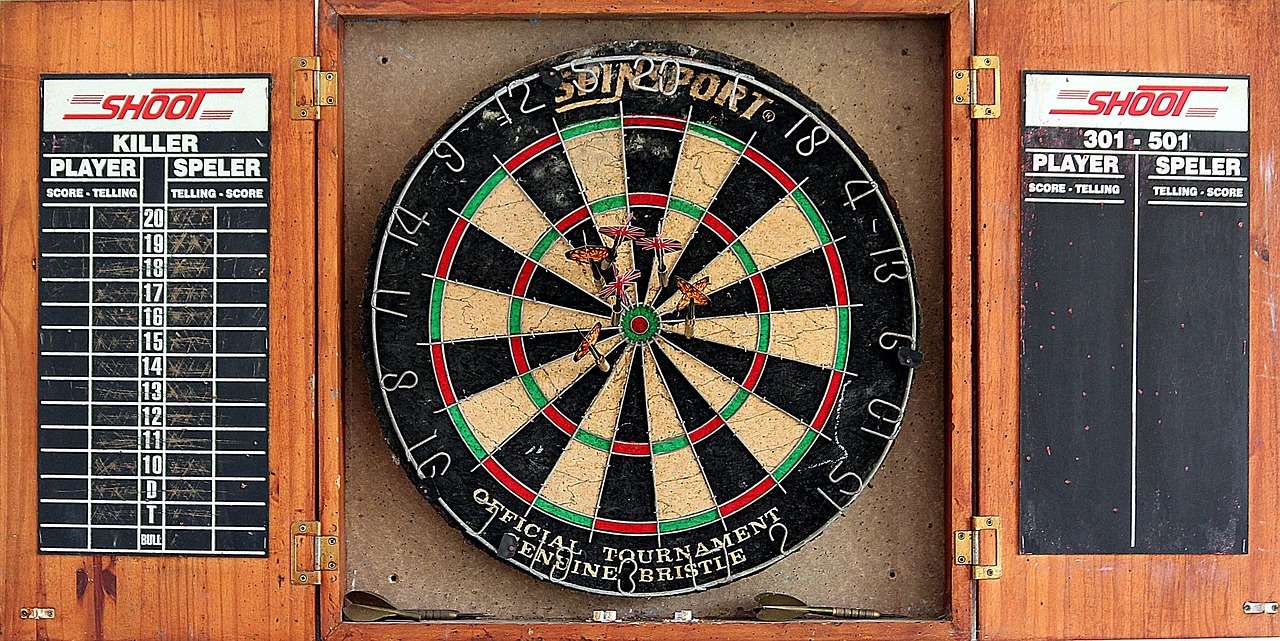
For beginners seeking an introduction to the sport, understanding the Basic Darts Fundamentals for Beginners is essential to a positive start.
Conclusion
Choosing the right **oche marking tape type** is essential for creating a fair, safe, and enjoyable darts experience. Consider factors such as material, adhesive strength, visibility, and durability when making your selection. Properly apply the tape and maintain the oche line to ensure consistent performance. By following the tips and guidelines outlined in this article, you can create a professional oche setup that enhances your game and prevents injuries. Now that you know about **oche marking tape types**, go ahead and select the best solution for your playing needs. Experiment with different **dartboard setups** and see what you can learn and how you can improve your game.
Hi, I’m Dieter, and I created Dartcounter (Dartcounterapp.com). My motivation wasn’t being a darts expert – quite the opposite! When I first started playing, I loved the game but found keeping accurate scores and tracking stats difficult and distracting.
I figured I couldn’t be the only one struggling with this. So, I decided to build a solution: an easy-to-use application that everyone, no matter their experience level, could use to manage scoring effortlessly.
My goal for Dartcounter was simple: let the app handle the numbers – the scoring, the averages, the stats, even checkout suggestions – so players could focus purely on their throw and enjoying the game. It began as a way to solve my own beginner’s problem, and I’m thrilled it has grown into a helpful tool for the wider darts community.